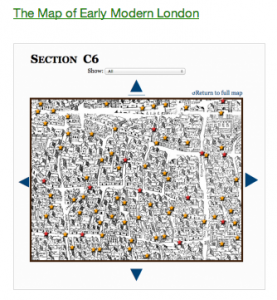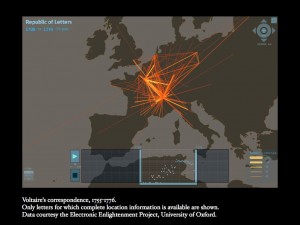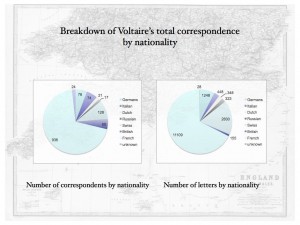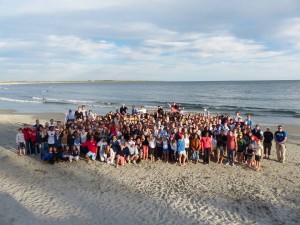For me, this assignment was really hard. A lot of the words were either hard to read or out of date for me to be able to decipher. Some of the words, for example haversacks, were not a word that comes up very often in my vocabulary, which makes it difficult for me to think about it when I am trying to decipher a word. Sections of his writings were way easier to interpret then others. For example, as we reached the bottom, missing words turned into full missing blocks of sentences.
The areas towards the bottom were more scrunched together, probably because James was trying to fit more in less space. I don’t know why I thought it was so hard, maybe it was because I lack a lot of experience in interpreting letters from the eighteen hundreds. Other parts of it were just really over written, as I show below.

A lot of words came up in my entry like this, where he had written what looked like over itself a few times. These were harder to interpret. I had a lot of words that I was not exactly sure what they were, but I could make out an enough letters so that I could make a solid guess with the help of its context. In conclusion, I found this assignment to be very difficult but rewarding once I finished it.




